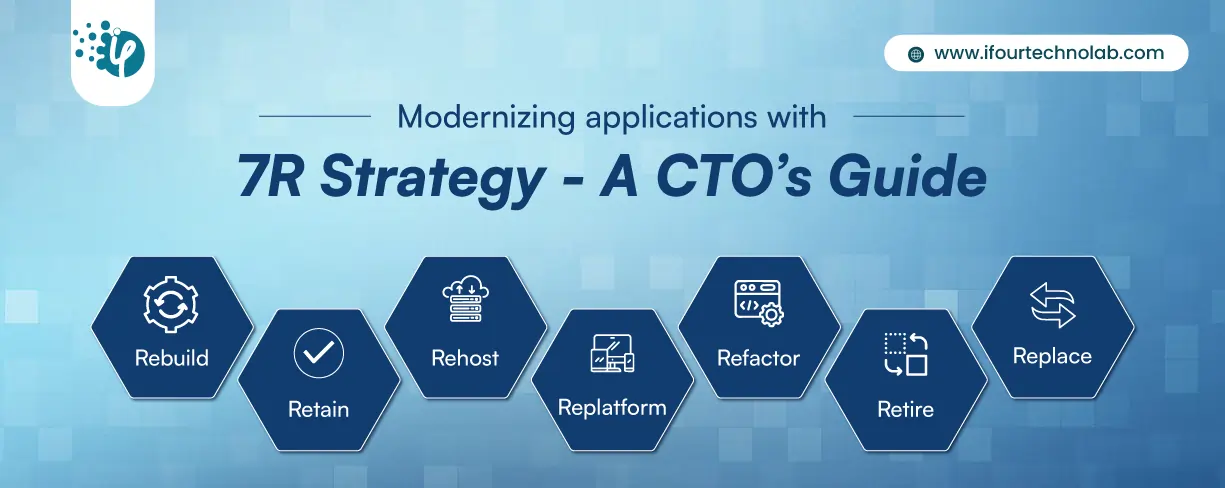Our Insights
Innovative Ways - Satisfied Clientele

We use cookies to improve your experience on our site. Please accept cookies for optimal performance.

601 & 612, The Times square Arcade, Near Baghban party plot, Thaltej - Shilaj Road, Thaltej, Ahmedabad, Gujarat - 380059
Request For a Free Consultation
Innovative Ways - Satisfied Clientele

Kapil Panchal - November 26, 2025
It's amazing to see how Data teams today are racing ahead - moving from traditional warehouses to cloud-native platforms, lakehouses, and real-time architectures. But in this rush, they overlook one key factor, i.e., how data actually moves and transforms (Data processing Approach). This isn't just a technical aspect. It's actually the backbone of scalability and agility. Ignoring it would lead you to a costly re-architecting down the road. But worry not! This guide will help you overcome...

Lochan Paliwal - October 16, 2025
Think about the last time CTOs spent most of their time fixing old systems. Updates were slow, servers were expensive, and adding new features took time. Now, things have changed. Cloud technology applications can grow fast, collaborate, and meet business demands quickly. CTOs now focus on enhanced systems and helping businesses grow. Using the right app modernization strategy and modernization framework for CTOs, old systems can become faster, safer, and more useful. In this blog, we...

Lochan Paliwal - October 10, 2025
Remember our last Power BI forecasting guide? It uncovered what really blocks accuracy. Now it's time to take the next step. Knowing Power BI challenges is just the start - mastering forecasting techniques is what truly moves the needle. In this guide, we will explore how to do forecasting in Power BI accurately. Plus, we will look at the setup steps, the forecasting models that Power BI utilizes, and the measures that enable you to transform Power BI into a future-predicting asset. But...

Lochan Paliwal - September 29, 2025
A few years ago, companies built software first and thought about security later. Developers and security teams did not cooperate, and problems were fixed only after release. This activated DevSecOps vulnerabilities and many DevSecOps failures.

Kapil Panchal - September 19, 2025
Security has always been a major concern. Your company spends millions on cybersecurity tools, and guess what? You’re still vulnerable. When you're working in the cloud, especially with platforms like Microsoft Azure, and you're pushing code through CI/CD pipelines, the risks multiply fast. That’s why security must be built-in from the start, not bolted on at the end. And that’s where Shift Left Security approach comes in. What is Shift Left Security? Shift Left Security is a modern...
Recent Posts

How to Do Forecasting in Power BI (Steps & Accuracy Metrics)
December 02, 2025

ETL vs ELT: Key Differences, Benefits & Use Cases Explained
November 26, 2025

Modernizing applications with the 7 R strategy – A CTO’s Guide
October 16, 2025

Top Shift Left security Best Practices CTOs should consider
October 10, 2025

Real-world Consequences of Ignoring DevSecOps In Your Strategy
September 29, 2025
Categories

